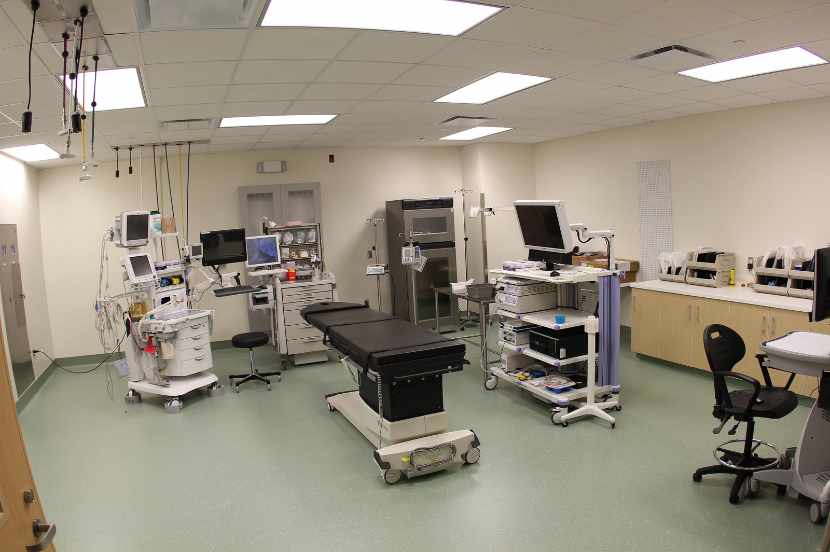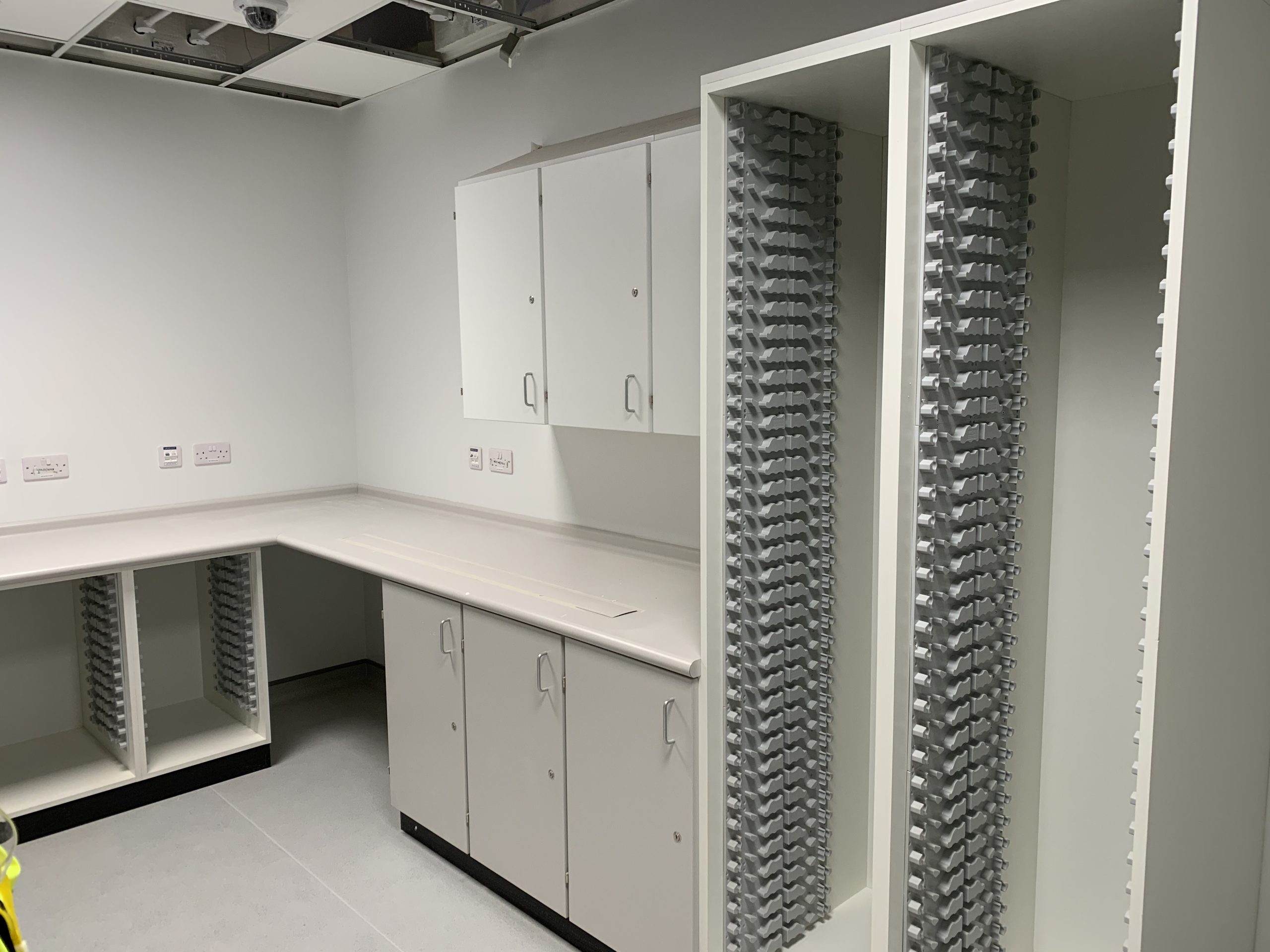What are the real differences between HTM71 and HTM63, two key specification requirements for fitted…

Hospital furniture and its role in infection control
Approximately 300,000 patients a year acquire a healthcare-associated infection after receiving care or treatment within the NHS. This equated to more than 6% of all patients in 2011, with respiratory infections such as pneumonia being the most prevalent. There are various ways in which infection can spread through hospitals, but the use of furniture, including units and cabinets, that comply with HTM 63 and HTM 71 aids in proper infection control. In this article we discuss hospital furniture and its role in infection control, with the factors you should consider.
Compliant furniture
Ensure that you source fully compliant hospital furniture. Vinyl coverings are considered best for items like chairs, while the materials used in the construction of units and cupboards must be non-porous and seamless. This prevents bacteria from growing, and it means that the units can be cleaned as effectively as the floors.
Updating existing furniture
If you are refurbishing or upgrading existing premises, ensure that current furniture meets the necessary guidelines. Current regulations dictate that materials like wood and metal can be treated with antimicrobial treatments. These will help to protect surfaces, and it could negate the need to have to buy everything brand new.
Surface cleaning
Rules dictate that healthcare furniture should facilitate the proper cleaning of the floor and other surfaces. Items like cabinets and units should be suspended far enough off the floor that it’s easy to clean underneath.
When installing the furniture, ensure that there is access below and around units. This allows for brushes, mops, and other cleaning devices to thoroughly clean the surface. You should also consider the gaps between furniture, and even above furniture. Anywhere that germs can hide and manifest should be treated as a potential hazard.
No compromise on quality or appearance
When installing healthcare furniture, it is important to consider public perception too. Old furniture is less likely to offer adequate infection control, but even if it’s treated and safe, shabby and damaged looking furniture will not instil confidence in healthcare users.
Hospitals refresh their furniture more often than ever before, with some having a finish more akin to that of a luxury hotel than a doctor’s waiting room. There is no need to sacrifice good looks when choosing freestanding or fitted hospital furniture.
Hospital furniture and its role in infection control
Read more and download brochures for our HTM 63 and HTM 71 compliant furniture ranges.
Read a short case study about the £300k fitted furniture contract we have recently completed for Wexham Park Hospital’s brand new emergency department, including producing formed stainless steel worktops.
If you’re specifying health centre furniture or if you’d like to discuss a healthcare or hospital project, please get in touch.
As one of the UK’s leading manufacturers of fitted furniture for hospitals and healthcare facilities, we can design, manufacture and install furniture to meet your individual project requirements. Our Healthcare furniture range is specified for all types of hospital refurbishment and new development projects, from NHS Trust premises to private hospitals. All our furniture is manufactured at our factory in Broadstairs, Kent, here in the UK.
Image: Big Room by daveynin licensed under Creative Commons 4.0








